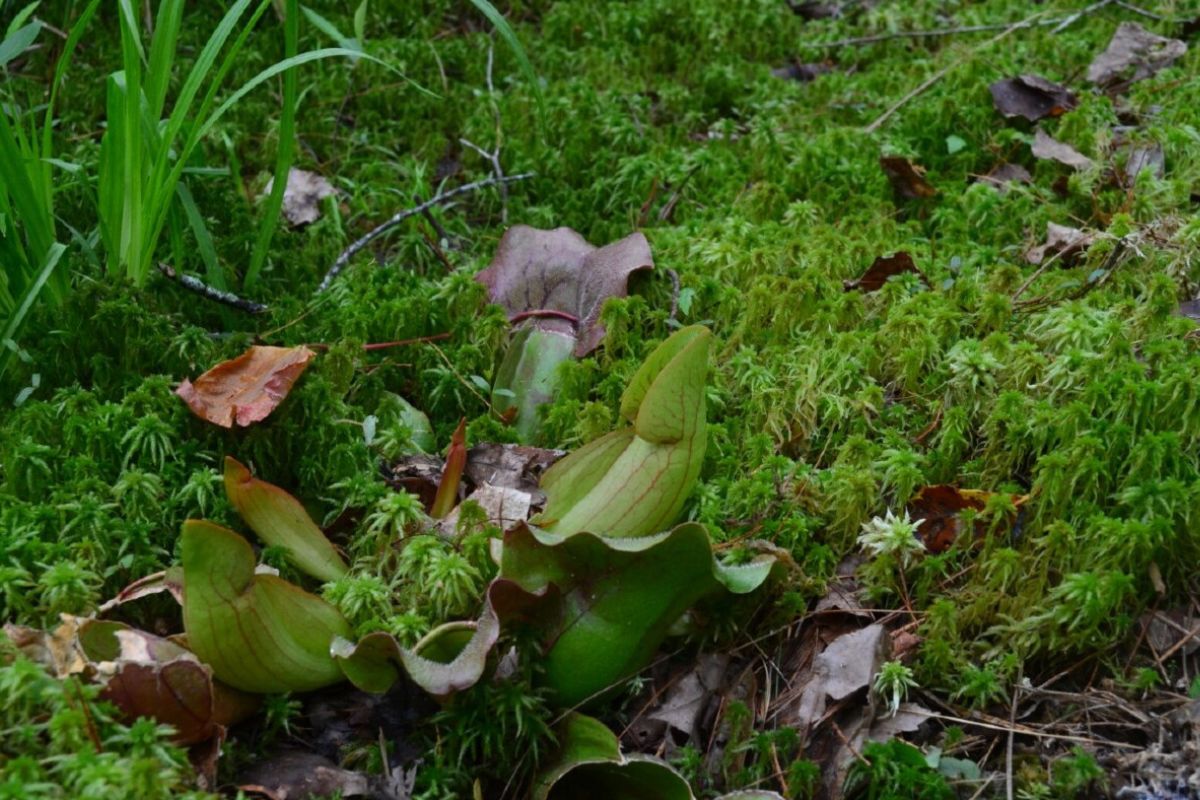Secrets Of The Wetlands: Hidden Pitcher Plant Bogs Of The Southeast

Have you ever heard of the pitcher plant bogs in the Southeast? These unique wetlands are home to some of the most fascinating plants on Earth. Pitcher plants are carnivorous, meaning they trap and digest insects to get nutrients. Found in places like Georgia, Alabama, and Florida, these bogs offer a rare glimpse into a world where plants act like predators. Visiting a pitcher plant bog feels like stepping into a science fiction movie. The vibrant colors and unusual shapes of the plants make it a must-see for nature lovers. Ready to learn more about these hidden gems? Let's dive in!
Discovering the Hidden Pitcher Plant Bogs
The Southeast United States hides a treasure of unique ecosystems known as pitcher plant bogs. These wetlands are home to carnivorous plants that have adapted to nutrient-poor soils by trapping and digesting insects. Let's explore some of the most fascinating pitcher plant bogs in this region.
1. Green Swamp Preserve, North Carolina
Green Swamp Preserve is a biodiversity hotspot. Managed by The Nature Conservancy, it spans over 17,000 acres. Here, you can find several species of pitcher plants, including the endangered green pitcher plant.
- Location: Brunswick County, North Carolina
- Highlights: Over 14 species of carnivorous plants, including Venus flytraps
- Best Time to Visit: Late spring to early summer
2. Splinter Hill Bog, Alabama
Splinter Hill Bog is a gem for plant enthusiasts. This bog is known for its large populations of white-topped pitcher plants. The area is managed by the Alabama Department of Conservation and Natural Resources.
- Location: Baldwin County, Alabama
- Highlights: White-topped pitcher plants, rare orchids
- Best Time to Visit: Spring and fall
3. Apalachicola National Forest, Florida
Apalachicola National Forest offers a diverse range of habitats, including pitcher plant bogs. This forest is the largest in Florida and provides a sanctuary for many rare plant species.
- Location: Panhandle region, Florida
- Highlights: Parrot pitcher plants, sundews
- Best Time to Visit: Spring and early summer
4. Conecuh National Forest, Alabama
Conecuh National Forest is another Alabama treasure. It features longleaf pine forests interspersed with pitcher plant bogs. The forest is a great spot for hiking and observing wildlife.
- Location: Southern Alabama
- Highlights: Yellow pitcher plants, diverse wildlife
- Best Time to Visit: Spring and fall
5. Francis Marion National Forest, South Carolina
Francis Marion National Forest is named after a Revolutionary War hero. This forest contains several bogs where pitcher plants thrive. It's a great place for a day trip or a weekend camping adventure.
- Location: Near Charleston, South Carolina
- Highlights: Sweet pitcher plants, birdwatching
- Best Time to Visit: Spring and early summer
6. Okefenokee Swamp, Georgia
Okefenokee Swamp is one of the most famous wetlands in the Southeast. It’s a vast, peat-filled wetland that supports a variety of pitcher plants. The swamp is also home to alligators and many bird species.
- Location: Southern Georgia
- Highlights: Hooded pitcher plants, canoeing opportunities
- Best Time to Visit: Spring and fall
7. Big Thicket National Preserve, Texas
Big Thicket National Preserve is a unique area where multiple ecosystems converge. This preserve includes pitcher plant bogs that are home to several species of carnivorous plants.
- Location: Southeast Texas
- Highlights: Purple pitcher plants, hiking trails
- Best Time to Visit: Spring and fall
8. Blackwater River State Forest, Florida
Blackwater River State Forest is known for its pristine waterways and diverse plant life. The forest’s pitcher plant bogs are a must-see for nature lovers.
- Location: Northwest Florida
- Highlights: Yellow trumpet pitcher plants, kayaking
- Best Time to Visit: Spring and early summer
Discovering the Hidden Wonders of Pitcher Plant Bogs
Exploring the pitcher plant bogs of the Southeast reveals a world full of unique beauty and fascinating ecosystems. These wetlands, home to the carnivorous pitcher plants, offer a glimpse into nature's creativity. Visiting these bogs not only provides a chance to see rare plants but also supports conservation efforts.
Whether you're a nature lover or just curious, these hidden gems are worth the trip. Remember to respect the environment and follow guidelines to help preserve these special places. The pitcher plant bogs are more than just a destination; they are a reminder of the incredible diversity and wonder found in our natural world. So, pack your bags, grab your camera, and get ready to experience the magic of the Southeast's wetlands.

